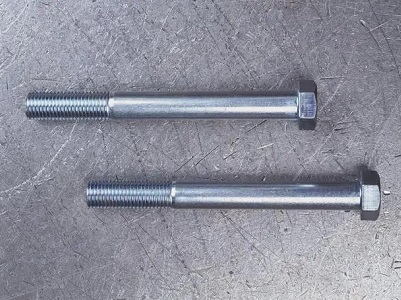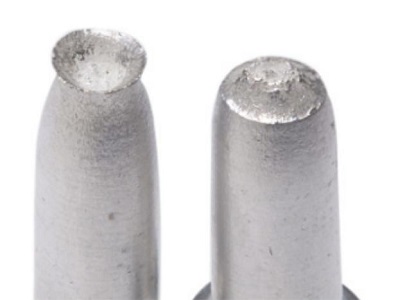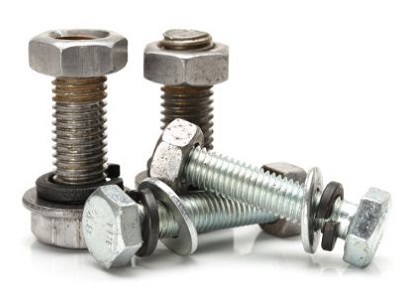 16
2025.04
16
2025.04
 15
2025.04
15
2025.04
 11
2025.04
11
2025.04
 06
2025.04
06
2025.04
 01
2025.04
01
2025.04
 14
2023.10
14
2023.10
 07
2023.10
07
2023.10
 04
2023.10
04
2023.10
 11
2023.09
11
2023.09